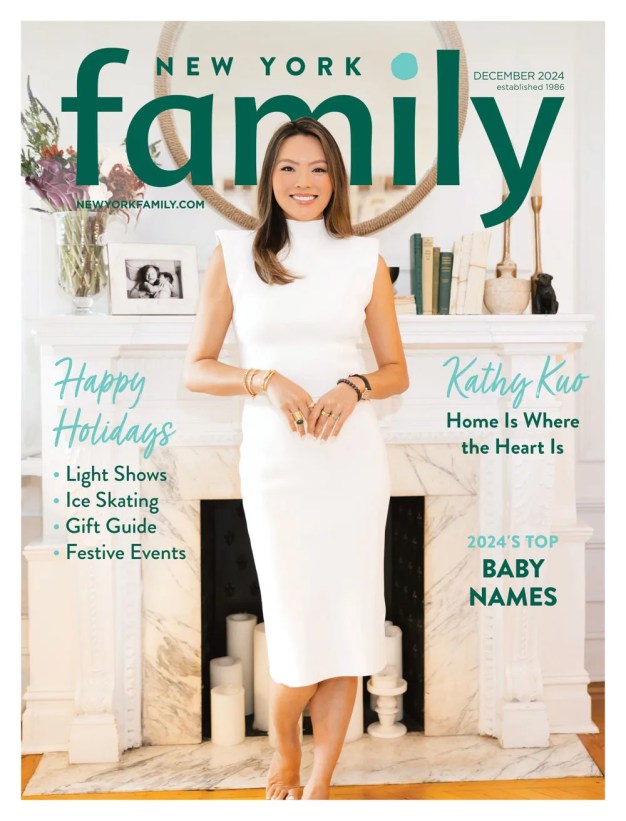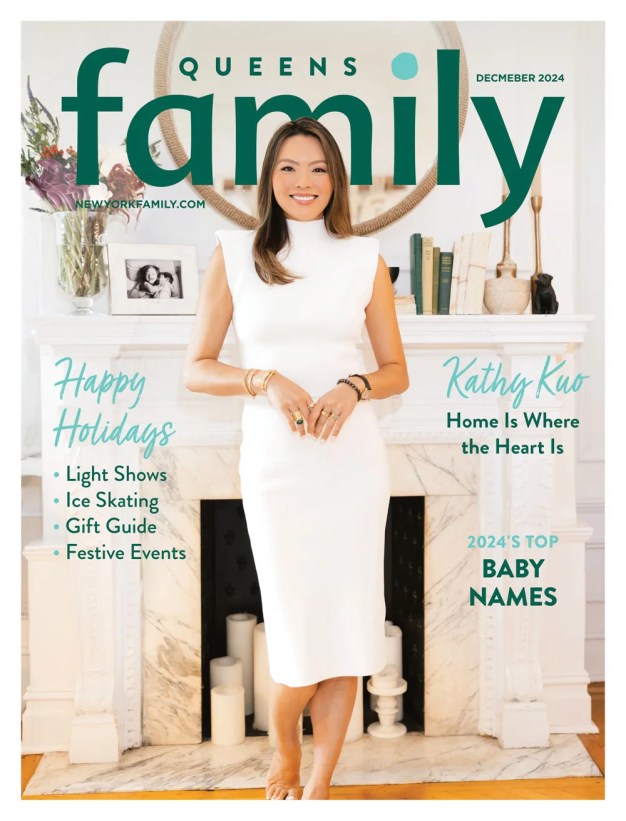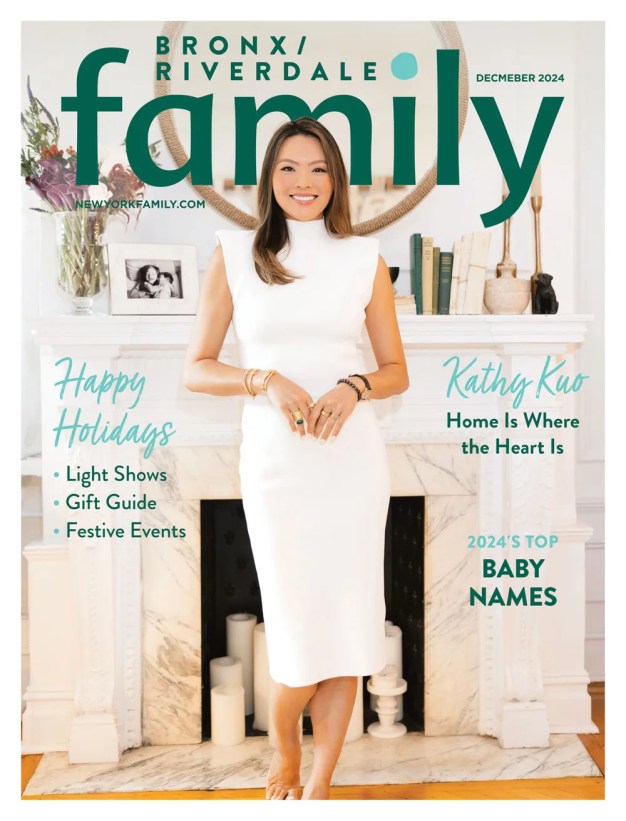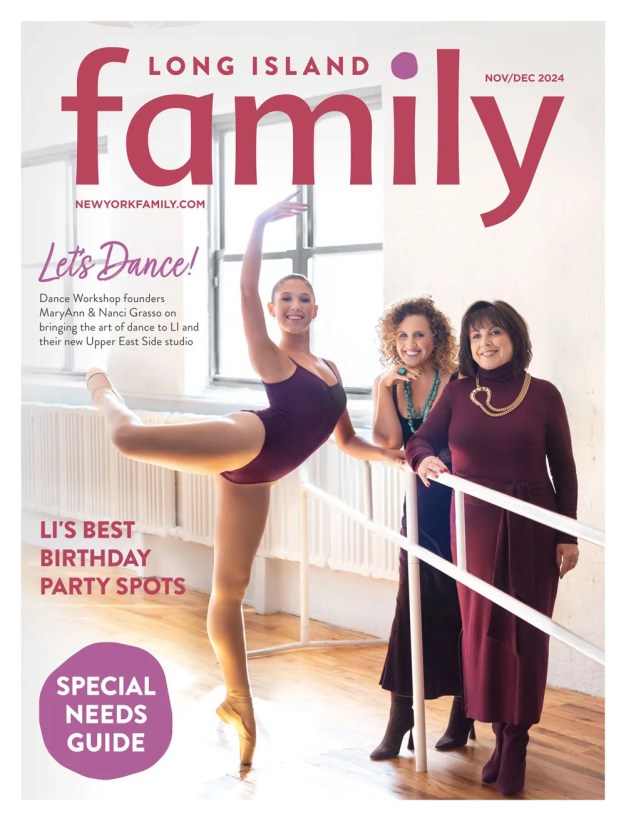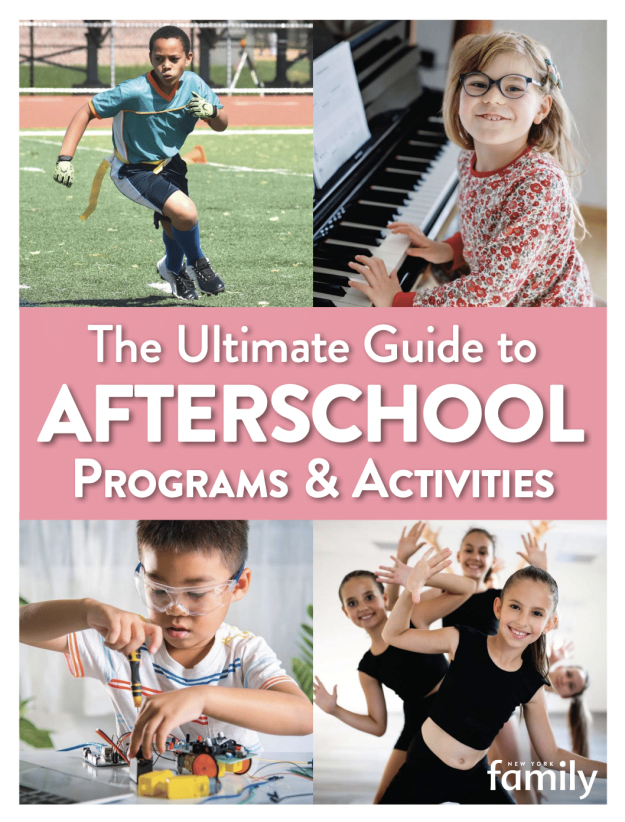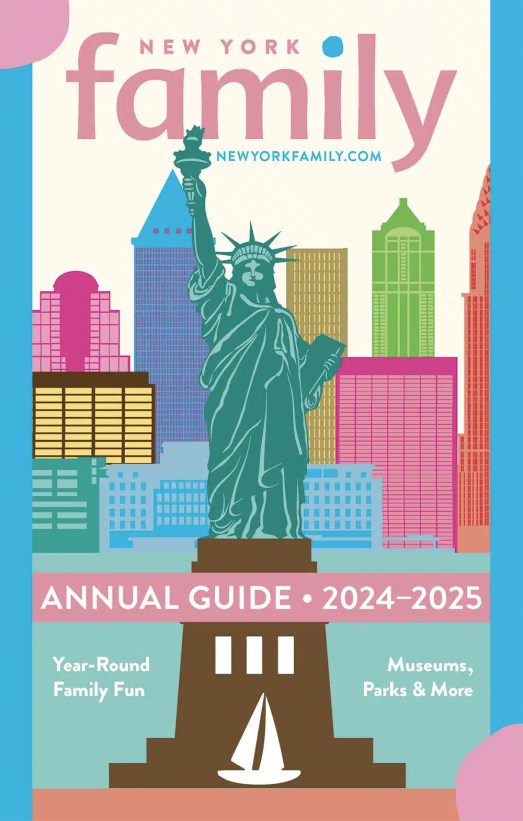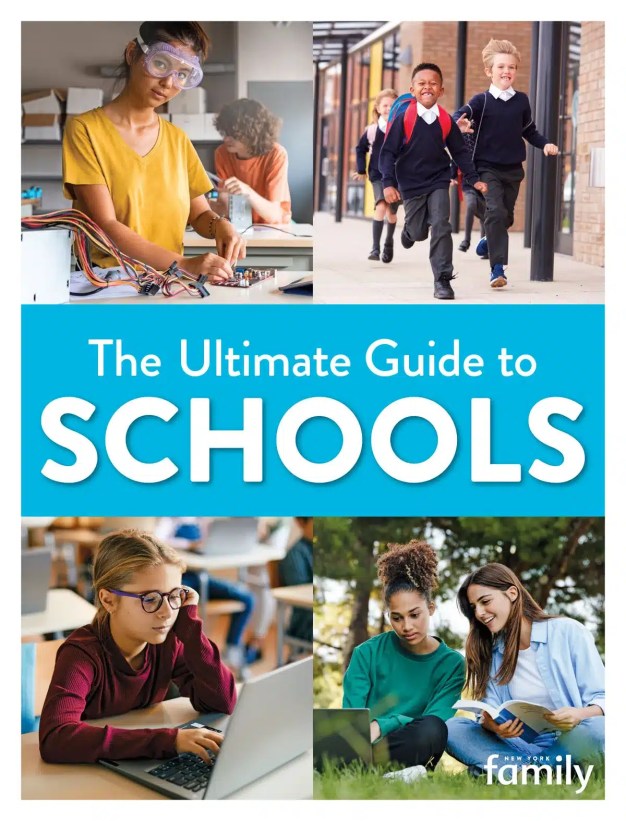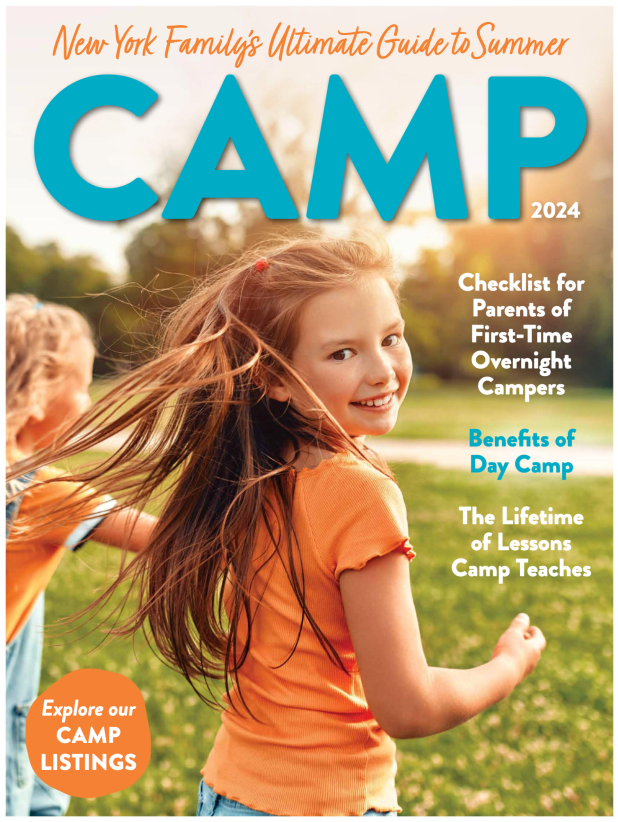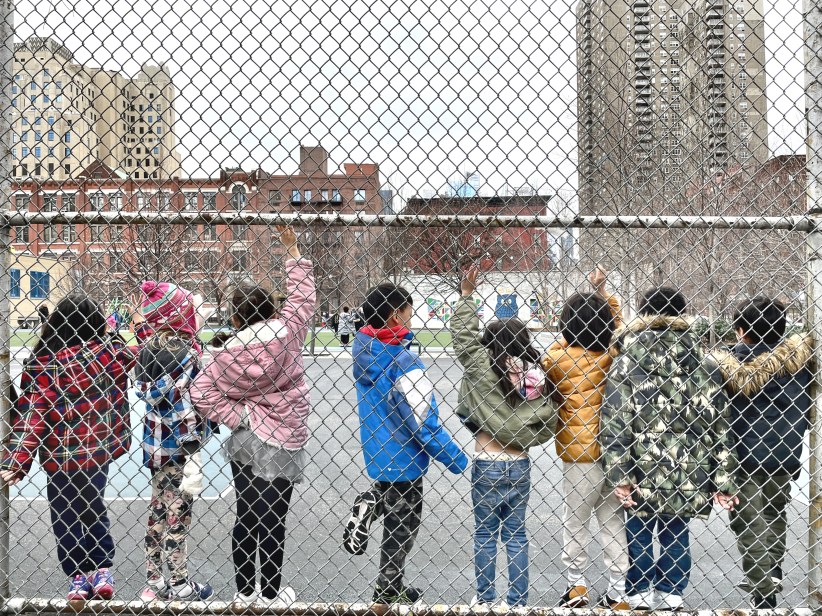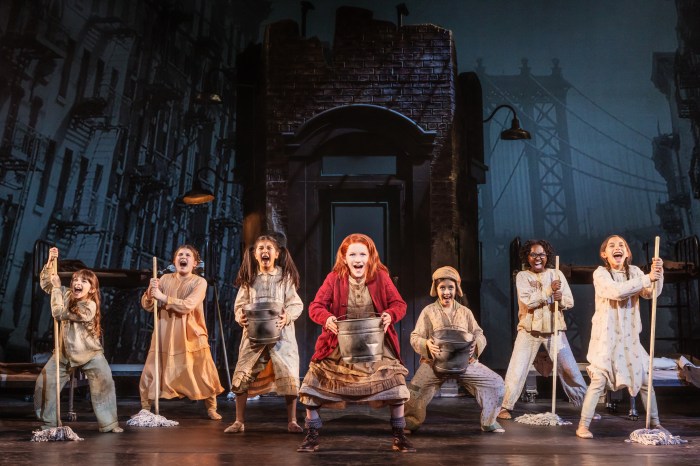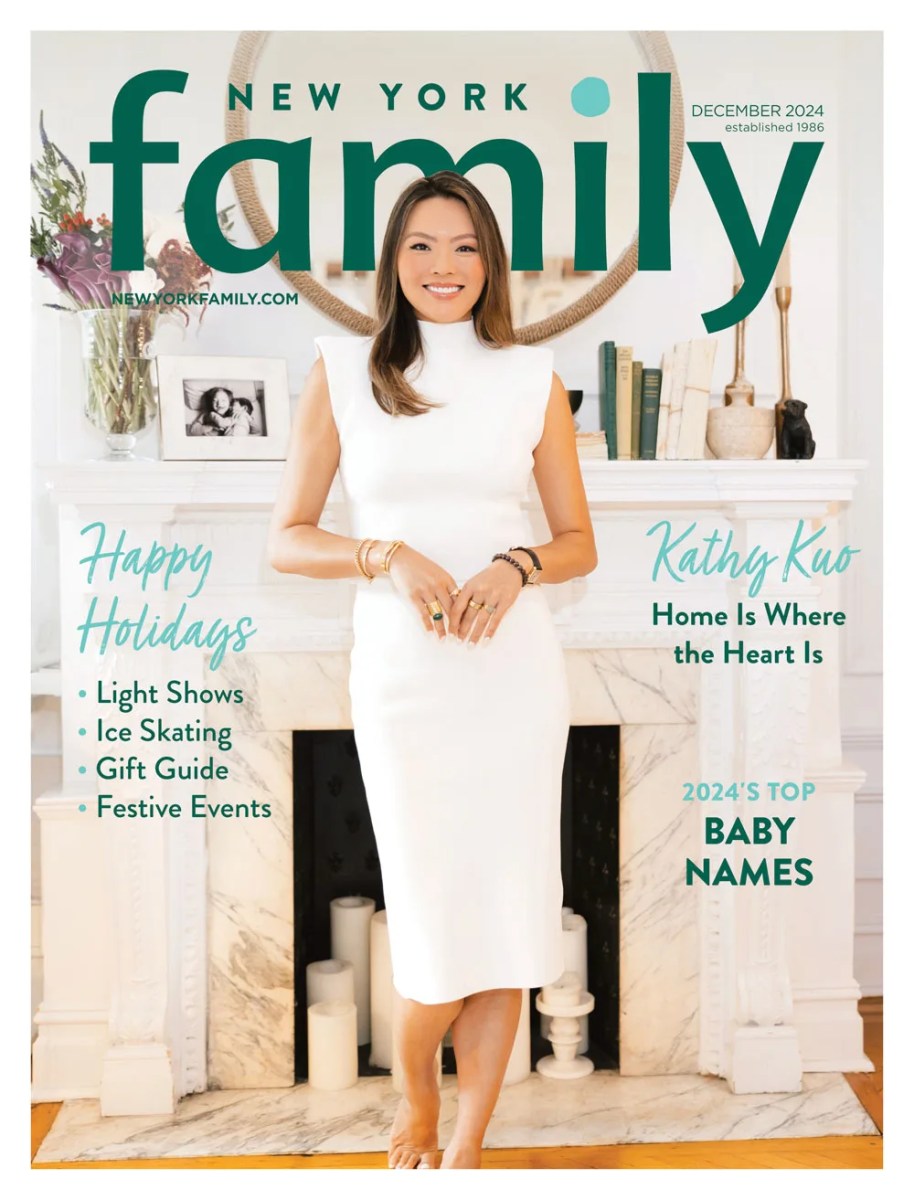The greater Town of Huntington is located on Long Island’s North Shore and encompasses a number of hamlets, including the hamlets of Huntington and Cold Spring Harbor, as well as the villages of Northport and Lloyd Harbor.
From the birthplace of poet Walt Whitman to the Henry Lloyd Manor House where the first African-American poet, Jupiter Hammon, was born, Huntington offers a wealth of attractions.
In April 653, Richard Holbrook, Robert Williams and Daniel Whitehead, all of Oyster Bay, bought from the Matinecock tribe a parcel of land that is now known as “the First Purchase.”
In the years between the first settlement of the town and the start of the American Revolutionary War, Huntington became an established community. As the town prospered and grew, people moved to fill the outlying areas. In addition to many farms that were established in remote, as well as central portions of the town, the town included a school, church, flour mills, saw mills, brickyards, tanneries, a town dock, and a fort.
The arrival of the railroad in 1867 foreshadowed the decline of the maritime economy. With the increased accessibility of Long Island due to steamboats, trains and, later, automobiles, Huntington became less isolated. Residents of New York City were able to easily visit Huntington, as had not been possible in earlier days. Cold Spring Harbor became a popular summer resort.
At the end of World War II the population of Huntington, like that of Long Island as a whole, exploded. Huntington had approximately 32,000 residents in 1940. By 1960 there were 126,000 inhabitants. By the 1980s, the population had grown to more than 200,000. With this enormous growth, the town’s rural landscape changed. Farms and vacant land disappeared, replaced by housing, schools, highways, recreational facilities and new and expanding business and industry.
Today, you can stroll and shop in Huntington Village or the Walt Whitman Mall, with more than 80 stores — including major retailers — on Route 110. Visit the shores where Captain Nathan Lane landed on his ill-fated spy mission, visit Walt Whitman’s birthplace, or tour the slave quarters of the nation’s first published African-American poet, Jupiter Hammon.
Attractions
See the life of the common soldier and his wife during the American Revolutionary War at the Huntington Militia Arsenal, built c. 1740.
If art is your thing, check out the Heckscher Museum of Art, which showcases a collection of more than 2,000 works of art from Renaissance masters to contemporary Long Island artists, plus changing exhibitions and arts programs.
Visit four historic sites that are part of the Huntington Historical Society Museums. The Kissam House, c. 1795; The David Conklin Farmhouse, c. 1750; The Soldiers and Sailors Memorial Building, c. 1893; and the Huntington Sewing and Trade School, c. 1905.
See the birthplace of Huntington’s best-known resident, Walt Whitman, who was born in West Hills in 1819 before he and his family moved to Brooklyn. America’s greatest poet’s house is c. 1819, and the exhibit includes his papers, schoolmaster’s desk, recording of his voice, and more.
See the Joseph Lloyd Manor House, c. 1766; home of Jupiter Hammon, the first published African-American poet.
The Huntington Historical Museum Shop is a favorite of locals and a must-visit. An emporium of antiques and collectibles, it is a quaint consignment store located on the Dr. Daniel Kissam Property.
Built as an attachment to the 1790 Kissam Barn a few years after the barn was moved to the property in 1973, it was originally heated by a wood burning stove, located in the back corner of the shop, to add an air of authenticity to the shop. The all-volunteer staff also used the stove to heat their tea during those cold winter days.
Huntington Militia Arsenal [425 Park Ave., (631) 351-3244]. Open Sundays, 1-4 pm, year-round. Free.
Heckscher Museum of Art [Two Prime Ave., (631) 351-3250]. Open Wednesday through Friday 10 am – 4 pm, first Friday of every month expect April 2 4 pm – 8:30 pm, Saturday and Sunday 11-5 pm. Huntington residents $6 per adult, children under 10 free. Non-residents $8 per adult, children under 10 free.
Huntington Historical Society Museums [209 Main St. (631-427-7045] Open year-round, Tuesday through Friday and Sunday 1-4 pm.
Walt Whitman Birthplace State Historic Site and Interpretive Center [246 Old Walt Whitman Rd., in South Huntington (631) 427-5240]. Summer hours: Monday through Friday, 11 am – 4 pm; Saturday and Sunday, 12-5 pm; closed major holidays. Winter hours: Wednesday through Friday, 1-4 pm; Saturday through Sunday 11-4 pm; closed major holidays. Fee.
Joseph Lloyd Manor House [Lloyd Lane, in the Village of Lloyd Harbor (631) 692-4664]. Open Saturdays and Sunday from Memorial Day through Columbus Day 1-5 pm. Fee.
Huntington Historical Museum Shop [434 Park Ave. (631) 427-3984]. Open Tuesday, Wednesday, and Sunday 1-4 pm. Consignments accepted Tuesdays from 9:30 am – noon.
Events
Take part in the Apple Festival at the Dr. Daniel Kissam House Museum on Oct. 17. The leaves are falling and the crops are being taken in. Apples are dropping from the trees and the Society is celebrating. Bring your children to play traditional games, try old-time arts and crafts and dance to the tunes of traditional music.
Enjoy the Huntington Public Library’s Friday Evening Concert Series with Frederick Katzenberg on the oboe and Gary Klein on the piano Oct. 1. Or, see Jennifer Stumm on the viola Nov. 5. Sebastian Baverstam with play the cello with pianist accompanist Constantine Finehouse on Dec. 3.
Spend a delightful afternoon exploring the history and culture of our Native Americans on Nov. 20. Learn about their traditions, skills, food, clothing and view authentic artifacts. Crafts, games, songs and refreshments are included.
Apple Festival at the Dr. Daniel Kissam House Museum [434 Park Ave., (631) 427-7045]. Sunday, Oct. 17 from noon – 4 pm.
Huntington Public Library’s Friday Evening Concert Series [338 Main St. in the Main Auditorium, (631) 427-5165]. Frederick Katzenberg and Gary Klein Oct. 1; Jennifer Stumm Nov. 5; Sebastian Baverstam and Constantine Finehouse Dec. 3. No registration required, open to all.
Native American Day at the David Conklin Farmhouse in the barn [2 High St., (631) 427-7045 ext. 401]. Nov. 20 from 2-4 pm. $10 per child, ages 7-12. Free for adults that accompany children. Advanced registration required.
